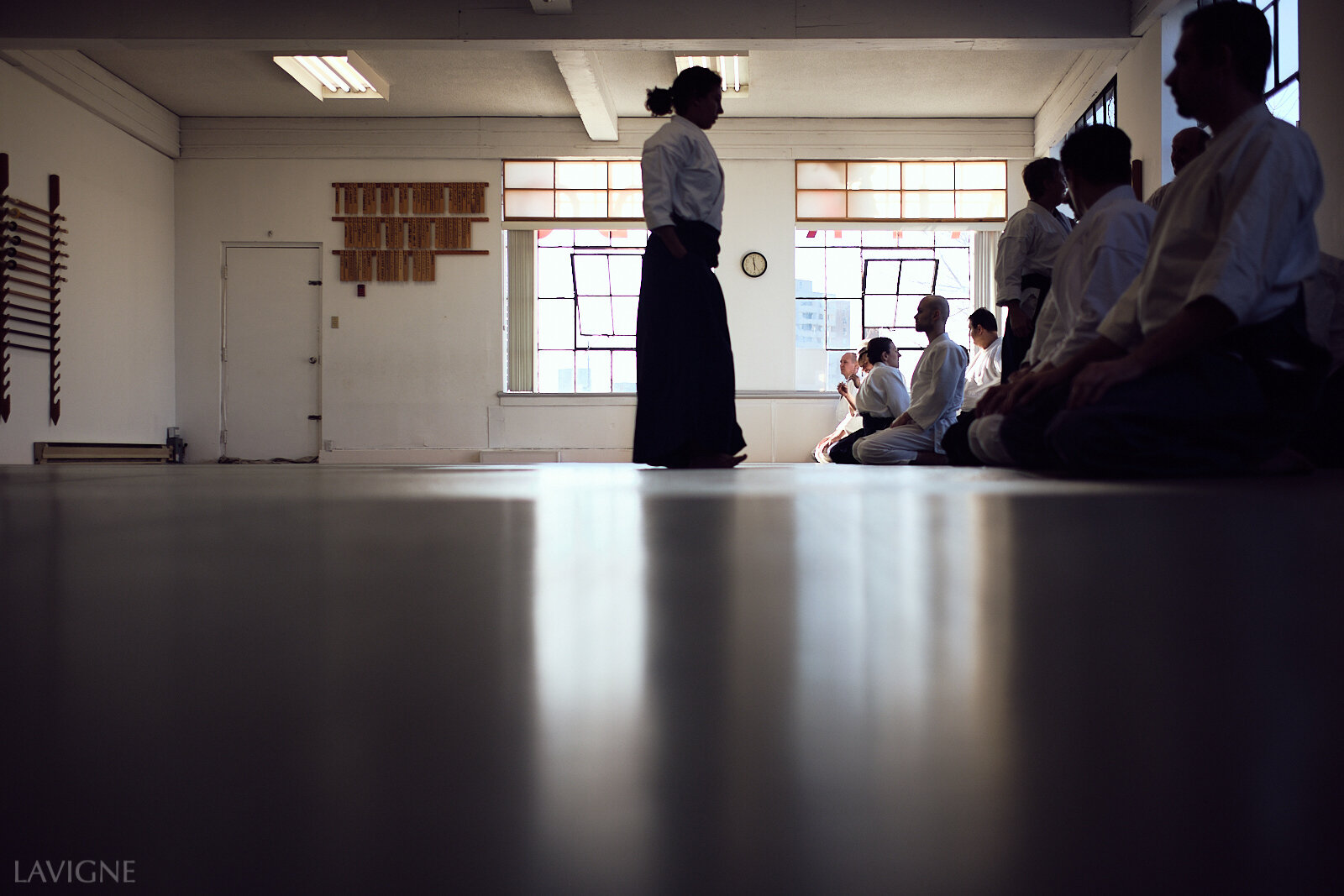Exploring Gender Debates in Aikido: Demonstrating Inequality
In a previous post, I have explored the ways by which gender inequalities in Aikido organizations stem further inequalities. In this post, my aim is to discuss some of the ways by which inequalities can be made visible.
Demonstrating Impact
I suggest to look first for evidence of inequalities between male and female practitioners in the following characteristics: rank, status, role, and visibility. For ranks, one can run descriptive statistics showing the relative proportions of men and women by rank and analyze whether differences grow as rank increases. Just browsing quickly through these lists should convince you that distributions are quite different between federations, which in turn supports the hypothesis that organizations’ efforts to reduce inequalities are likely to have an impact on women’s progression. Past these distributions by rank, one can then look at status, for example shihan and shidoin status and produce similar statistics to complement those by rank.
Comparisons can also be drawn between organizations as many of them share their rosters. I list four here:
-The Canadian Aikido Federation
-The Birankai North America Federation
-The United States Aikido Federation
-The Aikido Schools of Ueshiba
The next step is to look at roles. Who makes decisions and who executes them? To make a telling comparison, not so long ago, nurses tended to be women and doctors men, and school teachers were predominantly women and principals men. These differences remain still, though to a lesser extent, despite the years of continuous efforts to remedy this situation.
The last characteristic to try to quantify is visibility. To do so, one can look at websites first. When you look at an organizations’ website, what do you see? Who do you see? Who is uke and who is nage? This might tell you a lot, though remember that image can easily be managed and not necessarily reflect reality, plus it’s hard to make a case based on pictures… So I suggest to look deeper still.
I suggest to compare the proportion of seminars taught by women over a period. If the numbers collected allow it, this set can be further disaggregated. One can look at the status and size of seminars and whether seminars were taught by one woman, by a group of women, by a mix of men and women, by a group of men, or by one man. Finally, in case of shared seminars, the final step is to look at the time slot given to the female instructors. It’s one thing to teach in a big seminar, it is another to teach at four in the morning.
I’m sure there are other statistics to be compiled and analyzed. Participation in those seminars is one, though it is much harder to collect reliably.
Demonstrating Behaviour
Unrelated to statistics is the collection of behavioural evidence. Statistics tell us the extent to which differences are there, but it does little to explain why things are as they are. It is much harder to collect this kind of information, but any blatant case of abuse should obviously be recorded meticulously and both sides of each case should be presented, when possible.
The other dimensions of abuse are micro-aggressions and harassment. These are small gestures of oppression that can easily be dismissed and, when called out, often makes the oppressed look bad, because they look so small when taken out of context. This interesting piece (https://aikidoofmaine.com/teaching-mat-part-one/) alludes to one form this may take in your dojo or federation. My suggestion in this is not so much to call out the behaviour, though that’s fine, but to make sure evidence is collected and accumulated. Single events are easier to dismiss than evidence of behavioural patterns.
These steps should serve to illustrate the impact of systemic barriers to women’s advancement in aikido, but will not solve the issue. Constant effort is required and a great sense of purpose and compassion in moving these debates forward, despite the resistance from those who do not wish things to change, from those who do not see the point, and from those who would prefer things to stay quiet and avoid conflict.





